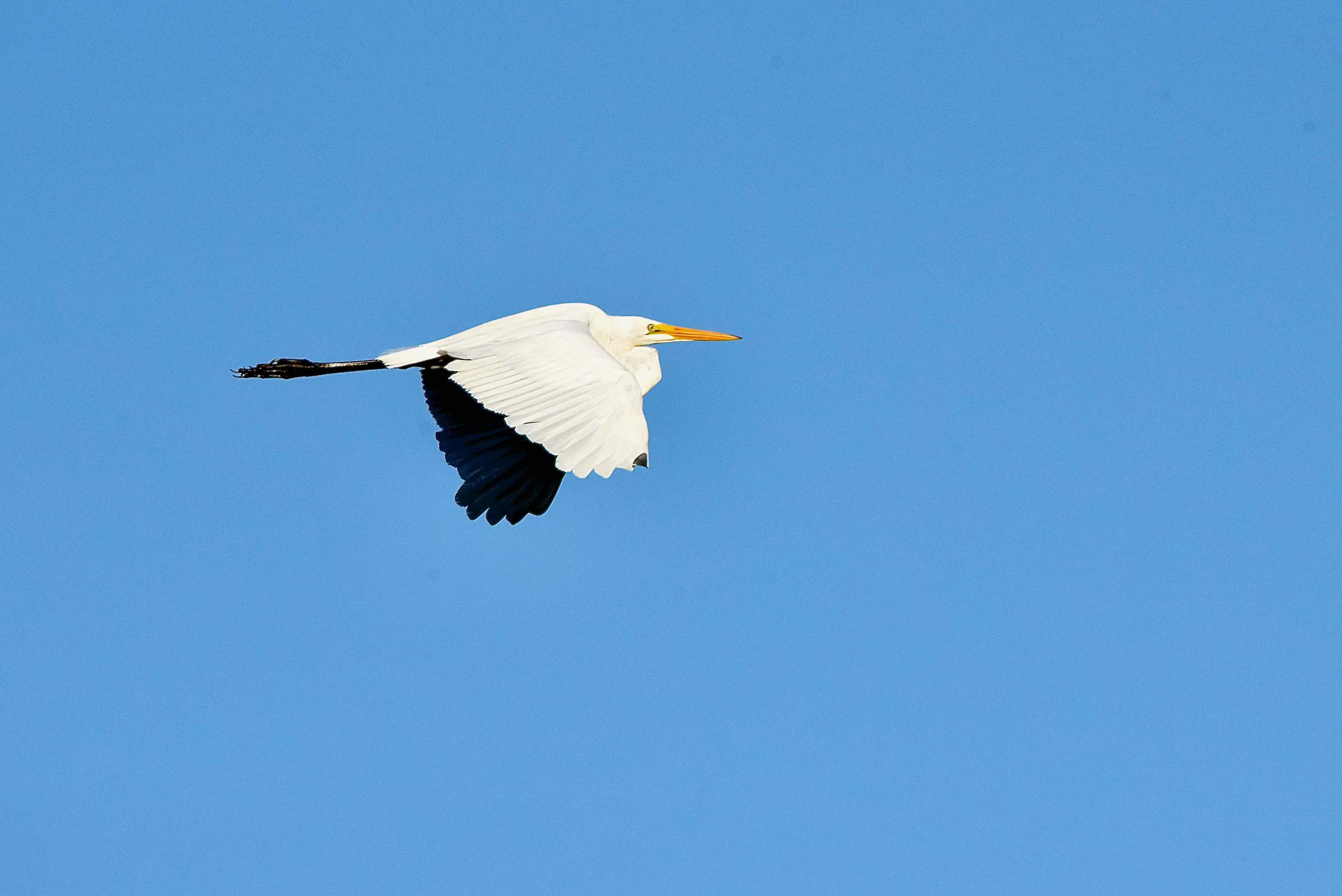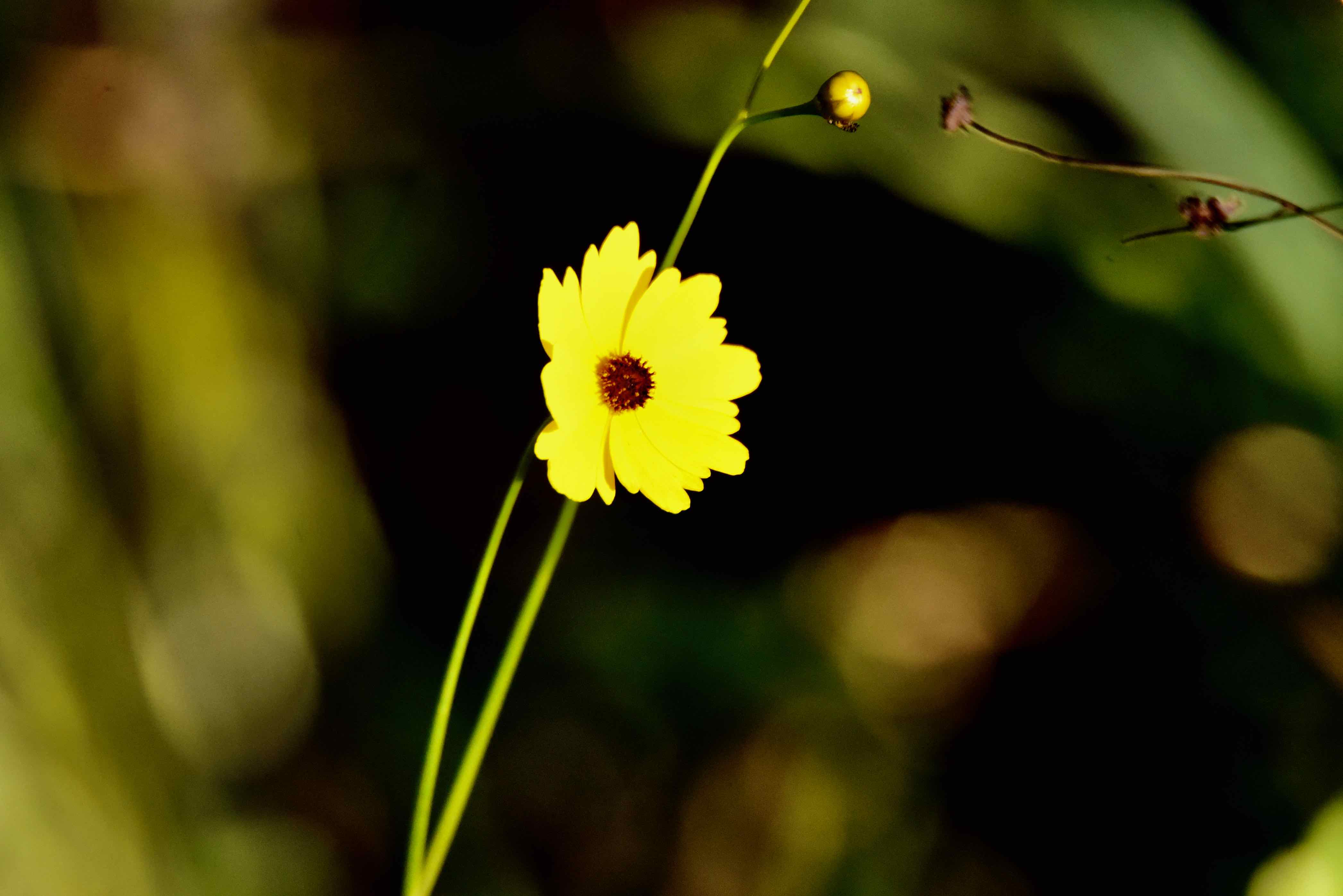Overview: Gaze out over the prairies of Florida Panther National Wildlife Refuge. Hike through its hammocks and flatwoods. You can almost sense the big cats prowling about somewhere within the refuge's 26,000 acres. The truth is they are few and far between — by one estimate, between five and 11 panthers live or move through the refuge each month. Rare creatures, for sure, but they are here.
The good news is that there is a lot more in the refuge to see than just the big cats. Florida Panther sits in the heart of one of the most biologically diverse regions in the Sunshine State, maybe in all of North America. And while this is prime panther habitat, the mission of the refuge is to protect and conserve all native species found within its bounds. It is a place not to be missed.
Most of the refuge is off-limits to visitors, but there are hiking trails open during daylight hours year-round. The trails can be impassable at times; call the refuge office for conditions (the number can be found on the link above). The area traversed is not prime panther territory but there is always the possibility of encountering one. There is no entrance fee. Also note the refuge is open to hunting at certain times.
History: The U.S. Fish and Wildlife Service established the Florida Panther National Wildlife Refuge in 1989 after the feds bought 24,300 acres of land from the Collier family of Collier County fame. Federal legislation authorizing a land swap with the Colliers added 2,100 acres to the refuge in 1996. Decades earlier, the refuge and nearby lands were the site of major cypress logging operations, and refuge staff still use some of the old logging roads to get about.
What You'll See: While the refuge is prime habitat for the namesake Florida panther, the odds on encountering one are slim — panther numbers are small, they require large territories and they tend to be more active at night when the refuge is closed to human visitors. On the other hand, according to refuge managers, Florida panther is home to more than 700 species of plants; 126 bird species have been recorded within the refuge, plus 50 species of reptiles and amphibians and 22 mammal species. As we said, the region is biologically rich, all benefiting from the protection afforded the big cats.
Amenities: Florida Panther has two trails, a one-third-mile crushed rock trail that leads to a prairie and a small overlook. The second is 1.3 miles and extends through hardwood hammocks, pine flatwoods and prairies. There is plenty of parking, interpretive signs and portable restrooms.
Nearby: To the south lies Fakachatchee Strand Preserve State Park, Big Cypress Bend, Everglades National Park and Picayune Strand State Forest; to the southwest Ten Thousand Islands National Wildlife Refuse; to the east, Big Cypress National Preserve; to the north, Corkscrew Swamp Sanctuary.
Links: The Institute for Regional Conservation's inventory of plants for Florida Panther National Refuge is here. The Friends of Florida Panther National Wildlife Refuge is here.
Cover Photo: Of course we'd rather be showing you a Florida panther here, but they are incredibly rare animals even within their namesake refuge. A red-shouldered hawk isn't a bad substitute, however. It is among the avian apex predators of the refuge, and we just like this photo a lot.
The good news is that there is a lot more in the refuge to see than just the big cats. Florida Panther sits in the heart of one of the most biologically diverse regions in the Sunshine State, maybe in all of North America. And while this is prime panther habitat, the mission of the refuge is to protect and conserve all native species found within its bounds. It is a place not to be missed.
Most of the refuge is off-limits to visitors, but there are hiking trails open during daylight hours year-round. The trails can be impassable at times; call the refuge office for conditions (the number can be found on the link above). The area traversed is not prime panther territory but there is always the possibility of encountering one. There is no entrance fee. Also note the refuge is open to hunting at certain times.
History: The U.S. Fish and Wildlife Service established the Florida Panther National Wildlife Refuge in 1989 after the feds bought 24,300 acres of land from the Collier family of Collier County fame. Federal legislation authorizing a land swap with the Colliers added 2,100 acres to the refuge in 1996. Decades earlier, the refuge and nearby lands were the site of major cypress logging operations, and refuge staff still use some of the old logging roads to get about.
What You'll See: While the refuge is prime habitat for the namesake Florida panther, the odds on encountering one are slim — panther numbers are small, they require large territories and they tend to be more active at night when the refuge is closed to human visitors. On the other hand, according to refuge managers, Florida panther is home to more than 700 species of plants; 126 bird species have been recorded within the refuge, plus 50 species of reptiles and amphibians and 22 mammal species. As we said, the region is biologically rich, all benefiting from the protection afforded the big cats.
Amenities: Florida Panther has two trails, a one-third-mile crushed rock trail that leads to a prairie and a small overlook. The second is 1.3 miles and extends through hardwood hammocks, pine flatwoods and prairies. There is plenty of parking, interpretive signs and portable restrooms.
Nearby: To the south lies Fakachatchee Strand Preserve State Park, Big Cypress Bend, Everglades National Park and Picayune Strand State Forest; to the southwest Ten Thousand Islands National Wildlife Refuse; to the east, Big Cypress National Preserve; to the north, Corkscrew Swamp Sanctuary.
Links: The Institute for Regional Conservation's inventory of plants for Florida Panther National Refuge is here. The Friends of Florida Panther National Wildlife Refuge is here.
Cover Photo: Of course we'd rather be showing you a Florida panther here, but they are incredibly rare animals even within their namesake refuge. A red-shouldered hawk isn't a bad substitute, however. It is among the avian apex predators of the refuge, and we just like this photo a lot.






















